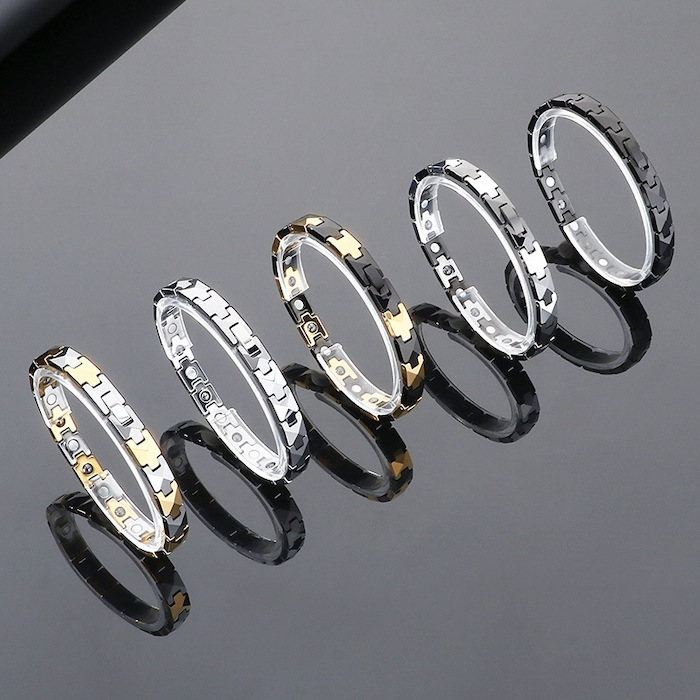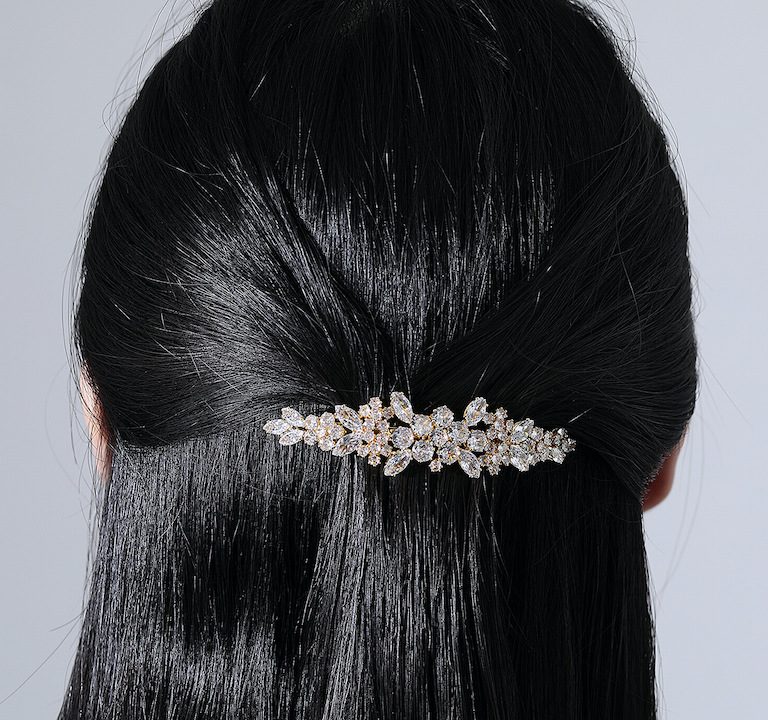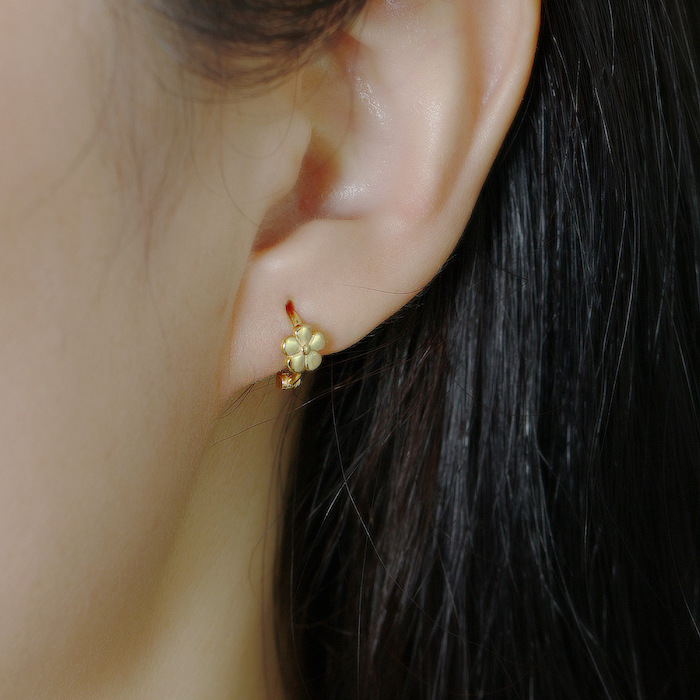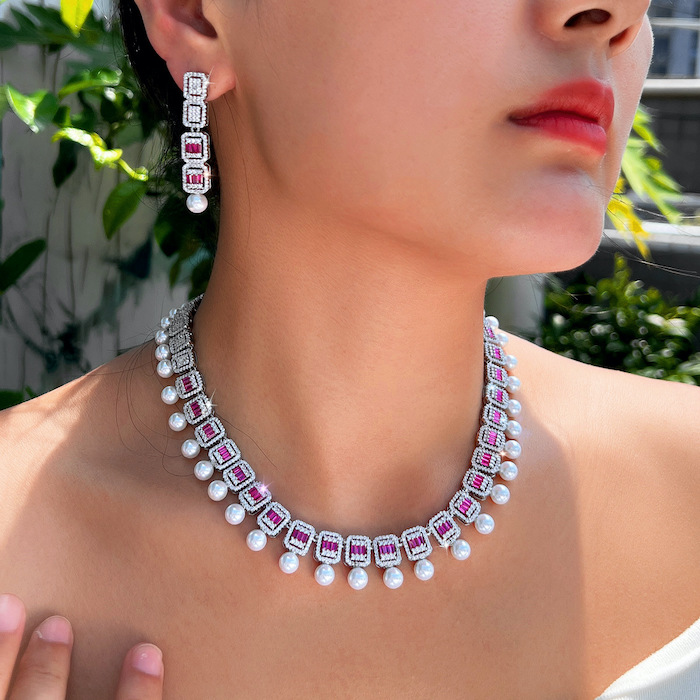The Alluring Anomaly: Can a Band of Tungsten and Magnets Truly Mend the Modern Body?
Do you know how the magnetic energy will better your health? You just need to wear 1 piece of magnetic beaded tungsten steel bracelet on your hand every day, the energy will speed your bloods and improve your blood circulation…however, the most important thing to improve your health is you’re wearing the right tungsten steel bracelet made by the right manufacturer like halife jewelry company.
In the quiet hum of our digitally saturated lives, we are a generation in search of anchors. We strap fitness trackers to our wrists to quantify our steps, download apps to guide our meditation, and ingest supplements to fuel our bodies. We are, in essence, engaged in a constant, low-grade negotiation with our own well-being. Into this landscape of proactive self-care steps a curious object: the magnetic tungsten steel bracelet. It is an artifact that feels both ancient and futuristic—a sleek, weighty band of indestructible metal, often inlaid with a pattern of powerful neodymium magnets. It promises not through circuits and algorithms, but through the silent, invisible force of magnetism, a return to balance, a reduction in pain, and a surge of vitality.
But can this elegant, wrist-borne talisman truly deliver on such grand promises? To answer that, we must embark on a journey that bridges the gap between the verifiable laws of physics and the profound, often mysterious, experience of the human body. This is not a story of magic, but one of energy, intention, and the body’s remarkable capacity to respond to belief.
The Foundation: A Titan on Your Wrist
Before we delve into the magnetism, we must first appreciate the stage upon which this drama unfolds: the tungsten carbide band. This is not the flimsy, adjustable links of a department store watch. To wear a tungsten bracelet is to be constantly, comfortingly aware of its presence. It has a substantial heft, a cool, unyielding touch that speaks of its origins.
Tungsten carbide is a material born from extremity. With a melting point of over 5,000°F, it is forged in conditions that would vaporize lesser metals. It is renowned for its incredible hardness, ranking just below diamond on the Mohs scale. This means it is virtually scratch-proof, a quality that lends it a perpetual, mirror-like polish. This inherent durability is the first layer of its psychological appeal. In a world that feels fragile and transient, wearing something so fundamentally resilient is a powerful statement. It is a daily, tactile reminder of strength and permanence, a small but potent anchor in a chaotic world.
Furthermore, tungsten is hypoallergenic and highly biocompatible. For those with sensitive skin, it offers a cool, inert surface that doesn’t react, irritate, or degrade. This physical neutrality is crucial. It establishes the bracelet not as an irritant, but as a stable, benign platform—a clean slate upon which the purported effects of magnetism can be projected.
The Beating Heart: The Invisible Dance of Magnetism
Now, we come to the core of the mystery: the magnets. Typically, these are neodymium magnets—tiny discs of a rare-earth alloy that possess a magnetic field vastly more powerful than their size would suggest. They are arranged in a precise, alternating polarity pattern (North-South-North-South) within the bracelet.
The central theory, often referred to as Static Magnetic Field (SMF) Therapy or Biomagnetism, posits that these magnets interact with the human body on a fundamental, bio-cellular level. Proponents suggest several fascinating mechanisms:
1. The Circulatory Hypothesis: A River of Life, Reinvigorated
The most prevalent and intuitive theory involves our bloodstream. Blood, as we know, is rich in iron, a ferromagnetic element housed within the hemoglobin of our red blood cells. The theory goes that as blood flows through the capillaries and vessels near the wrist—a major pulse point—the magnetic field creates a mild, local effect on this iron.
Imagine a sluggish, meandering river. Now, introduce a gentle, consistent current. The water begins to move with more purpose, carrying oxygen and nutrients more efficiently to the riverbanks. This is the proposed effect on circulation. The magnetic field is believed to slightly polarize the iron in the blood, potentially reducing its viscosity (or “thickness”) and encouraging a more robust flow. Enhanced circulation means more oxygen is delivered to tired muscles and inflamed joints, and metabolic waste products like lactic acid are cleared away more swiftly. The result, in theory, is reduced pain, faster recovery from exertion, and a general feeling of increased energy as every cell in the body is better fueled.
2. The Cellular Communication Network: Tuning the Body’s Frequency
On a more subtle level, some theories venture into the realm of bioelectricity. The human body is not just a bag of chemicals; it is a dynamic, living circuit. Every heartbeat, every neural firing, every cellular process generates a tiny electrical field. Our cells communicate through ionic exchanges, creating a complex symphony of electrical signals.
Proponents of biomagnetism suggest that illness, pain, and inflammation can create “disharmony” in this symphony—disrupted or weak electrical fields. The powerful, consistent field of the bracelet is proposed to act as a tuning fork, resonating at a frequency that helps to restore the body’s natural bioelectrical balance. It’s not about zapping cells with energy, but about providing a stable, coherent background field that allows the body’s own systems to self-correct and function more optimally. This is often described as “rebalancing the body’s energy” or “improving cellular homeostasis.”
3. The Pain Gate Theory: Distracting the Nervous System
This theory borrows from a well-established concept in pain science: the Gate Control Theory of Pain. It suggests that non-painful input, such as rubbing a stubbed toe, can “close the gate” to painful input, preventing the pain signal from reaching the brain.
The persistent, mild sensory input of the bracelet’s weight and coolness, combined with the subtle vibrational quality of the magnetic field on nerve endings, could act as a constant, low-level “closing of the gate.” It provides a competing signal that distracts the brain’s pain-processing centers, thereby reducing the perceived intensity of chronic pain from conditions like arthritis or fibromyalgia.
The Skeptic’s Corner: A Clash of Worlds
To present a complete picture, we must squarely face the scientific skepticism. The mainstream medical and scientific community largely views magnetic therapy with caution, often labeling its benefits as unproven.
The primary criticism is a lack of robust, reproducible, large-scale clinical trials. Many studies that show positive effects are criticized for small sample sizes, poor blinding (participants can often feel if they have a real magnet or a placebo), and potential bias. Skeptics, most notably the formidable Dr. Stephen Barrett of Quackwatch, argue that the magnetic fields produced by these bracelets are too weak to penetrate deeply into tissue and too static to have any meaningful physiological effect on blood flow or cellular function. The iron in hemoglobin, they point out, is not ferromagnetic in its biological form; it’s part of a complex molecule and does not behave like a tiny iron filing.
So, if the physics seems dubious to many scientists, why do millions of people worldwide swear by their magnetic bracelets? This is where the narrative becomes even more fascinating, moving from the realm of physics to the powerful domain of psychology and the placebo effect.
The Power of the Wrist: Psychology, Ritual, and the Placebo Phenomenon
To dismiss the reported benefits as “just placebo” is to profoundly misunderstand the potency of the human mind. The placebo effect is not “nothing”; it is one of the most robust and consistently demonstrated phenomena in all of medicine. It is a real, physiological event triggered by belief and expectation.
When a person dons a heavy, beautifully crafted tungsten bracelet, they are not just putting on jewelry. They are engaging in a ritual of self-care. The act itself is one of intention. The substantial weight on the wrist serves as a constant, physical reminder of that intention. Every time the bracelet catches the light or taps against a keyboard, it sends a subconscious message: “I am taking care of my health. I am addressing my pain. I am investing in my well-being.”
This is powerful medicine. Belief can trigger the release of the body’s own natural painkillers, endorphins. It can reduce the production of stress hormones like cortisol. It can modulate the immune system and alter our perception of discomfort. The bracelet becomes a tangible locus of belief. Its perceived strength and technological sophistication (magnets!) make it a highly credible vehicle for this belief.
In this light, the bracelet works not in spite of the placebo effect, but because of it. It harnesses the mind’s incredible power to heal the body. The magnets may not be supercharging blood cells, but the unwavering belief in their power might be prompting the brain to do exactly that, using its own sophisticated pharmacy.
A Tapestry of Testimonials: Voices from the Wearing World
Beyond the theories and the debates, there exists a vast repository of anecdotal evidence. Spend any time on forums or review sections, and a pattern emerges.
There is Mark, the 55-year-old construction manager, who has battled carpal tunnel syndrome for years. He started wearing a magnetic tungsten bracelet on the advice of a coworker. He doesn’t claim a miracle cure, but he reports a significant reduction in the nightly throbbing and numbness. “It takes the edge off,” he says. “It’s the only thing that’s given me consistent relief besides painkillers, and this has no side effects.”
Then there is Sarah, the marathon runner. For her, the bracelet is a recovery tool. She wears it after long training runs. “I used to feel achey and drained for a full day after a 20-miler. Now, I pop this on, and the next morning, I feel remarkably fresh. My legs don’t have that heavy, leaden feeling. I recover faster.”
And Eleanor, the retiree with osteoarthritis in her hands. She finds that wearing the bracelet doesn’t eliminate the structural degeneration, but it seems to lessen the deep, aching pain. “It’s a warmth, a soothing feeling,” she describes. “It’s like a constant, gentle massage for my joints.”
These are not deluded individuals. They are people experiencing a genuine, positive change in their subjective well-being. Whether the catalyst is a physical magnetic field or a powerful psychosomatic one is, for them, largely academic. The result is what matters.
The Final Verdict: A Symbiosis of Science and Soul
So, does the magnetic tungsten steel bracelet make people’s health better?
The answer is nuanced. If we demand irrefutable, double-blind scientific proof that magnets directly manipulate blood cells to cure disease, the evidence is currently lacking. The bracelet is not a magic talisman that will mend broken bones or cure chronic illness.
However, if we define “health” more holistically—as a state of physical comfort, mental well-being, and a sense of agency over one’s own body—then the answer can be a resounding yes. The magnetic tungsten bracelet functions as a powerful bio-feedback tool and a placebo catalyst.
Its effectiveness lies in a perfect storm of attributes:
-
The Psychology of Substance: Its weight and coolness provide a constant, reassuring sensory input.
-
The Aesthetics of Resilience: Its polished, scratch-proof surface symbolizes strength and durability, reinforcing a mindset of vitality.
-
The Allure of Technology: The incorporation of “powerful magnets” taps into a belief in advanced, non-invasive healing.
-
The Ritual of Intention: The act of wearing it is a daily commitment to well-being.
In the end, the magnetic tungsten steel bracelet is a fascinating artifact at the crossroads of physics and faith, materialism and mindfulness. It may not work for everyone, and it certainly should not replace professional medical advice for serious conditions. But for the countless individuals who slip that cool, heavy band onto their wrist and feel a tangible shift—a lessening of pain, a surge of energy, a simple sense of being more “in tune”—the effect is undeniably real. It is a testament to the fact that sometimes, the most potent healing forces are not just those we apply to the body, but those we successfully invite the mind to believe in.








